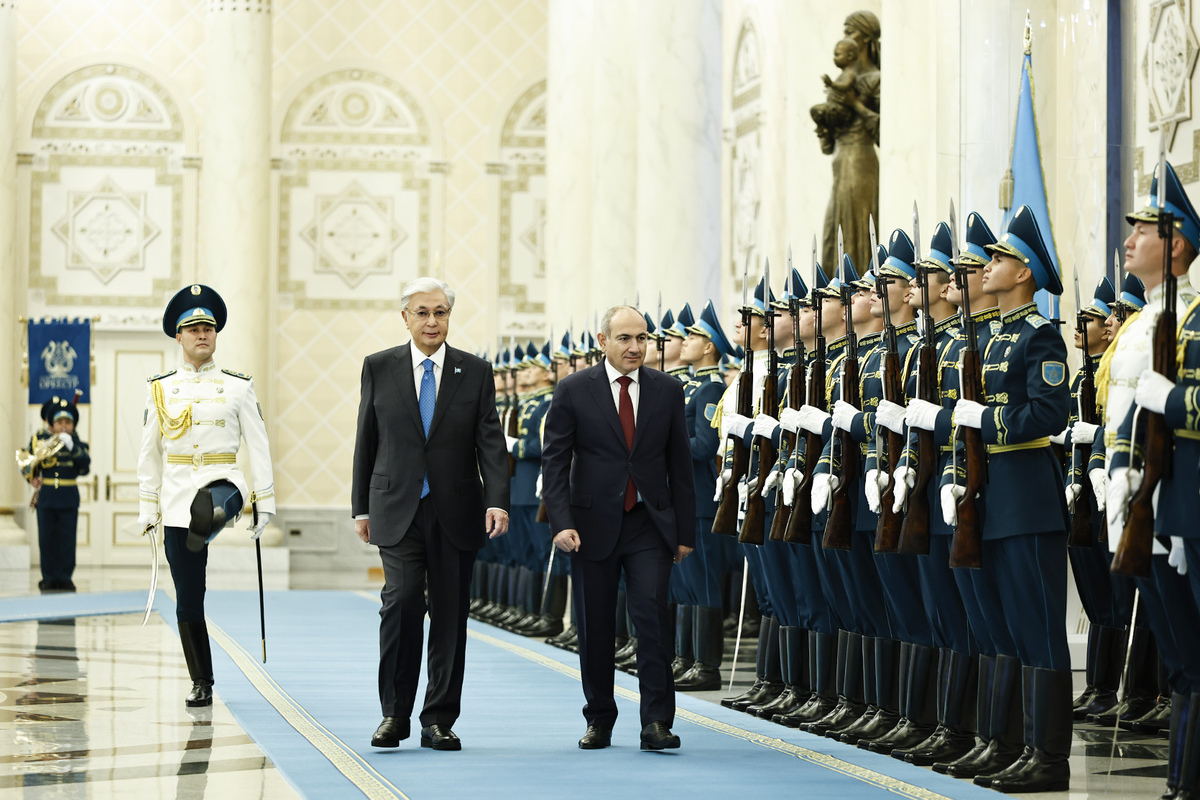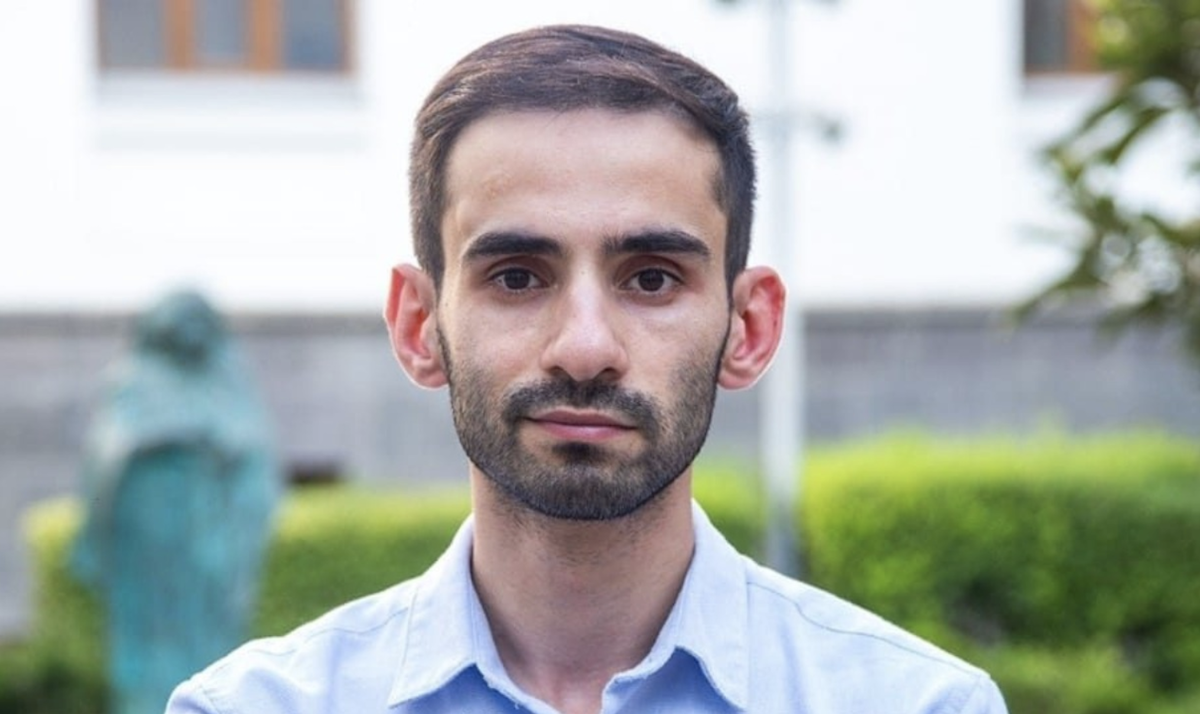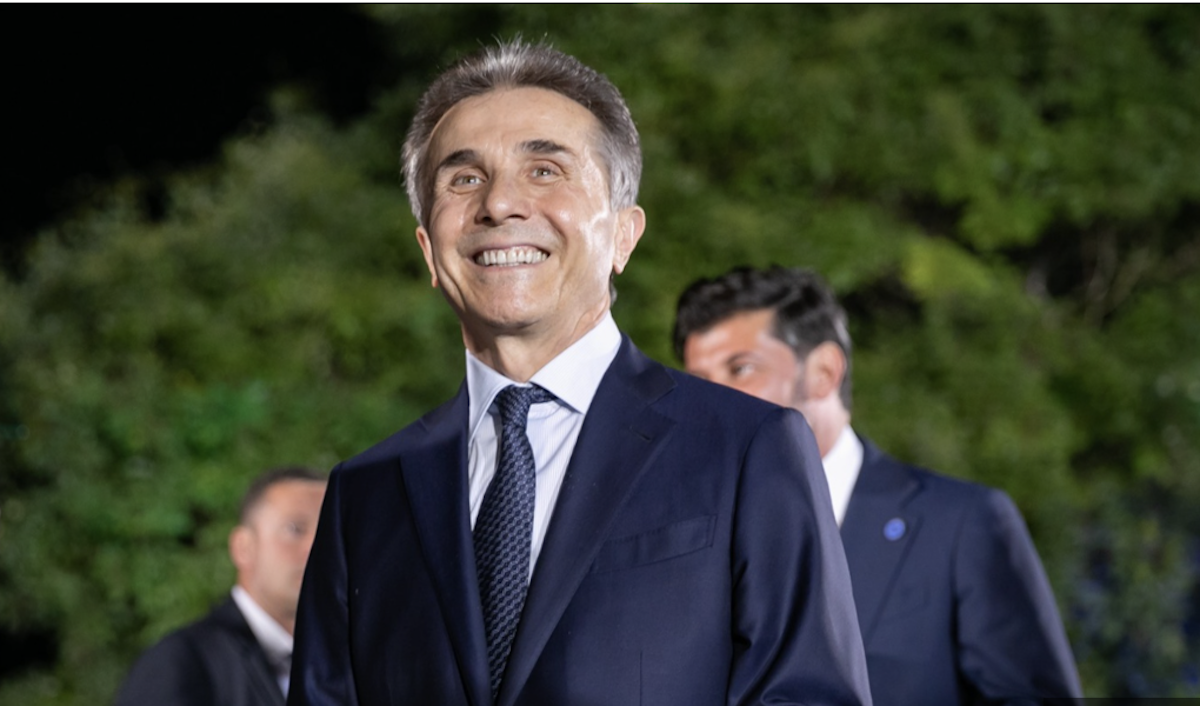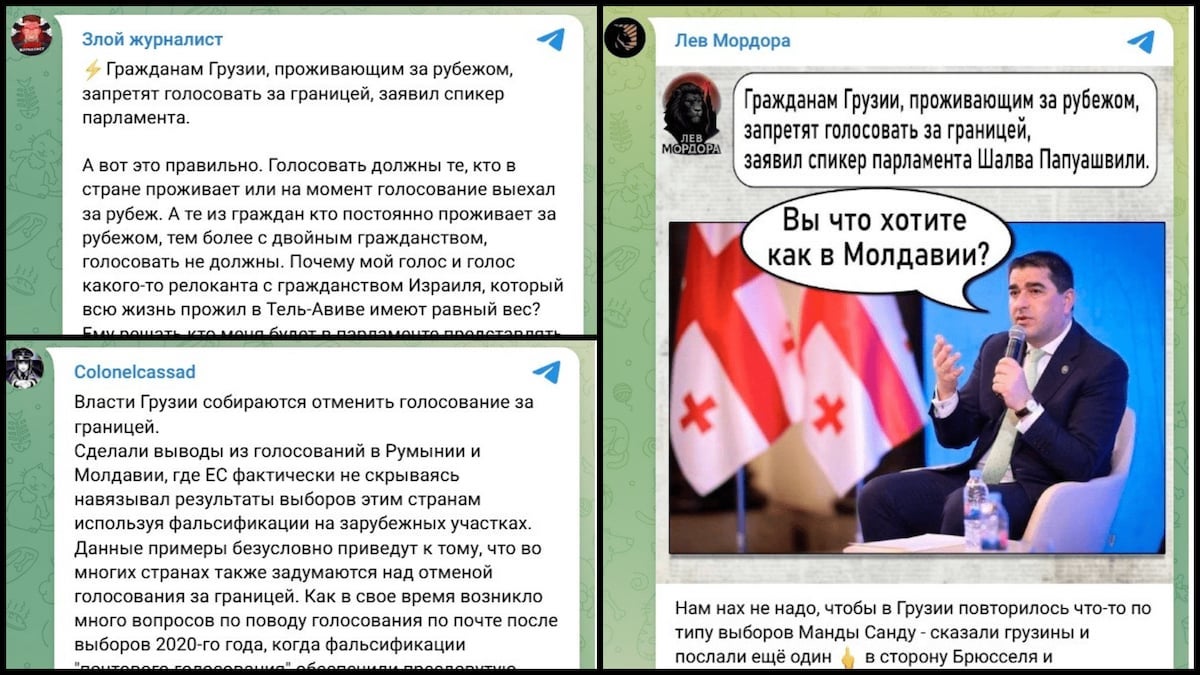Op-ed: myths that replaced reality led to Armenia's defeat in Karabakh war
After the cessation of hostilities in Karabakh, a stage of reckoning with the situation has begun in the Armenian society.
Journalists and experts have put forward different explanations to try to answer the questions of: what happened and why?
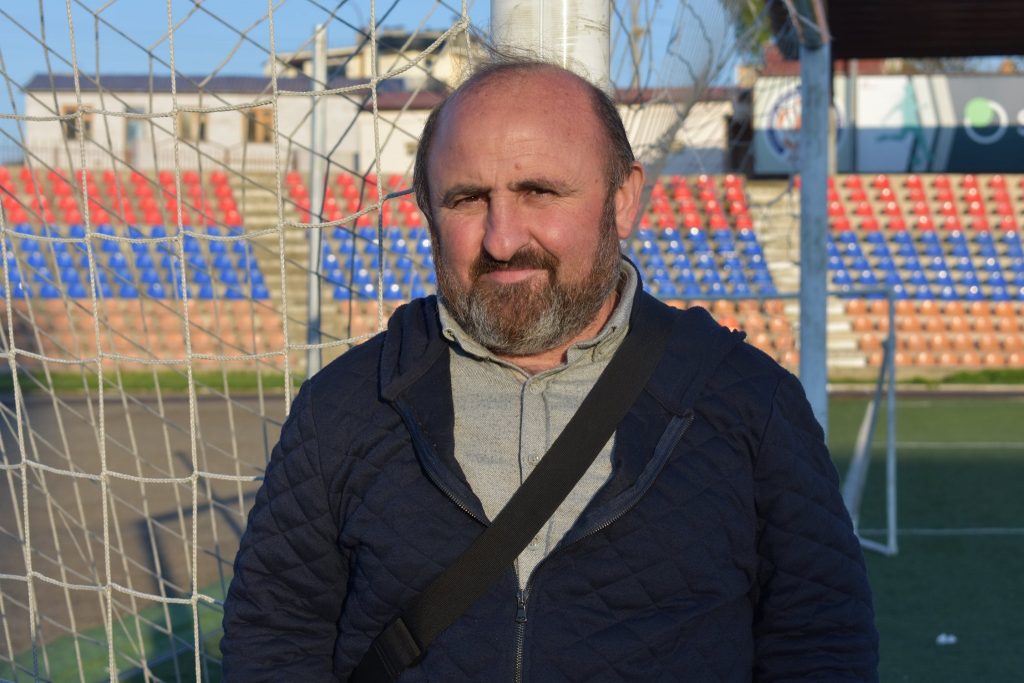
Analyst, expert on the Karabakh conflict Tatul Hakobyan
Tatul Hakobyan believes that the 44-day war has debunked five myths rooted in Armenian society. It was their propaganda at the official level that dulled the vigilance of the public, the journalist says.
The first myth that led to defeat was the possibility of maintaining the status quo forever:
“The myth of the status quo took its first blow during the escalation in April 2016. It seemed that Azerbaijan was trying to test the strength of the front line. They did not achieve much success, capturing several hundred hectares of territory and about a couple of dozen strongholds, but they did find out that the Armenian defense line was not impregnable.
- Op-ed: ‘Blood, toil, tears and sweat’ – solving the Armenian political crisis
- Armenian veteran diplomat: “Why Armenia lost the war for Karabakh”
- Op-ed: Armenia must consider political realignment for Karabakh
In the very first days of the war in September 2020, the Azerbaijani side managed to break through in the direction of Horadiz. The Armenian forces fought defensive battles near the Khudaferin reservoir, albeit with huge losses, and the enemy covered 50 kilometers from the reservoir to the Meghri border in a few hours without encountering resistance.”
The second myth is about the invincibility of the Armenian army:
“There have never been and there are no invincible armies in the world. The myth of the invincibility of the Armenian army was born after the victory in the 1991-1994 war. Then it was not the regular army that won, but the military association created on the wave of the volunteer movement from many groups.
This victory was achieved due to a number of circumstances, including through the fearless struggle of the Armenian volunteers and the Karabakh villagers, but also thanks to the internal political chaos and the struggle for power within Azerbaijan in those years.
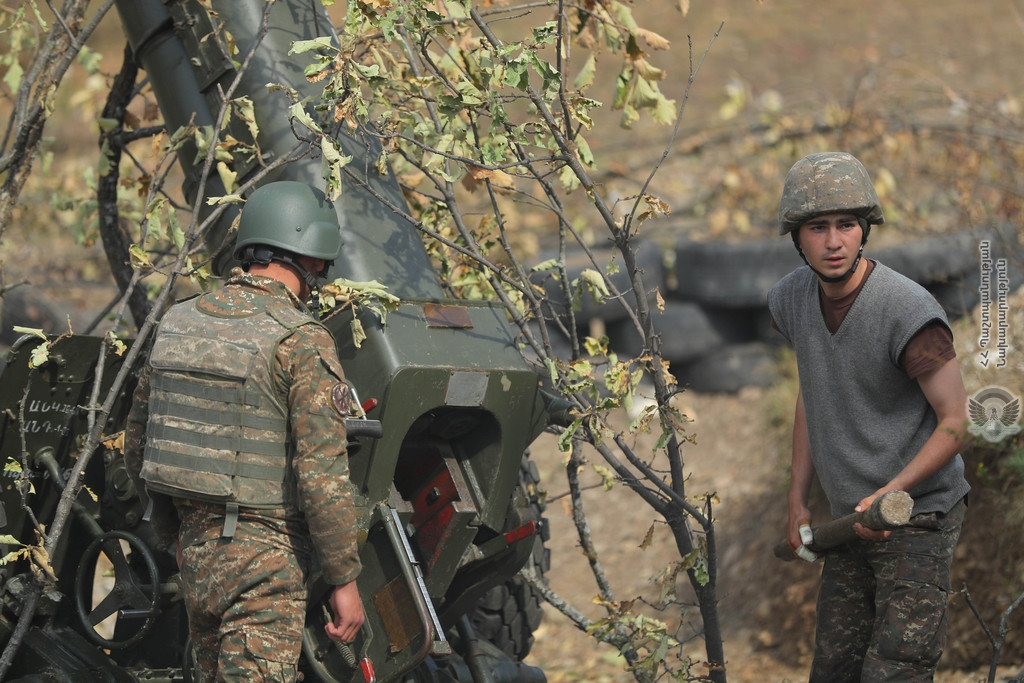
A number of objective factors must be taken into account:
- it was impossible to defeat Azerbaijan and supporting Turkey with volunteer formations, since in fact the army of the 20th century fought with the army of the 21st century;
- Armenia and NK, with a total population of three million people, fought against Azerbaijan with its population of 10 million, and Turkey, which has a population of 80 million.
The Armenian side was defeated because the forces were unequal. Azerbaijan, with the help of Turkey, terrorist mercenaries and Israeli drones, managed from the very first days of the offensive to achieve an advantage and preserve it until the moment when, with the mediation of Russia, hostilities were stopped.
The Armenian side proved inferior to Azerbaijan in terms of weapons, human strength, preparedness and responsibility of the leadership. This is the bitter truth, although some circles have already begun to spread lies and look for the guilty and traitors.”
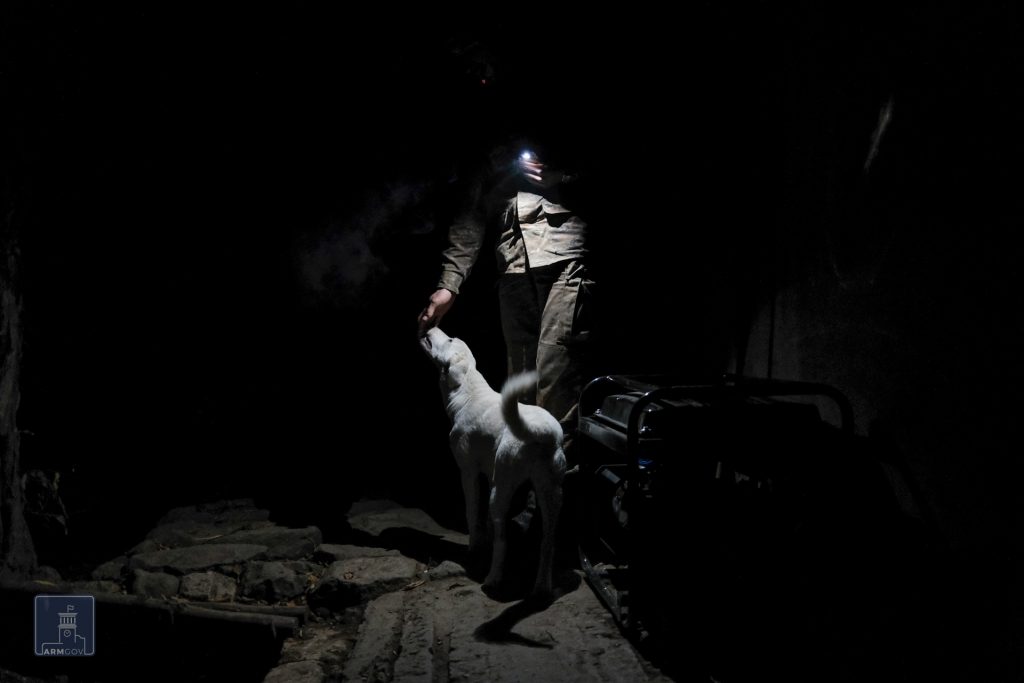
The third myth was formulated in the new military doctrine of Armenia – ‘new war – new territories‘
“This arrogant statement was put into circulation by Armenian Defense Minister David Tonoyan.
Armenian soldiers, militias and reservists made fun of Tonoyan in the trenches, saying that in the end he was right, only the names of the countries had to be changed. In the new war, Azerbaijan conquered new territories – more than 8,000 square kilometers”.
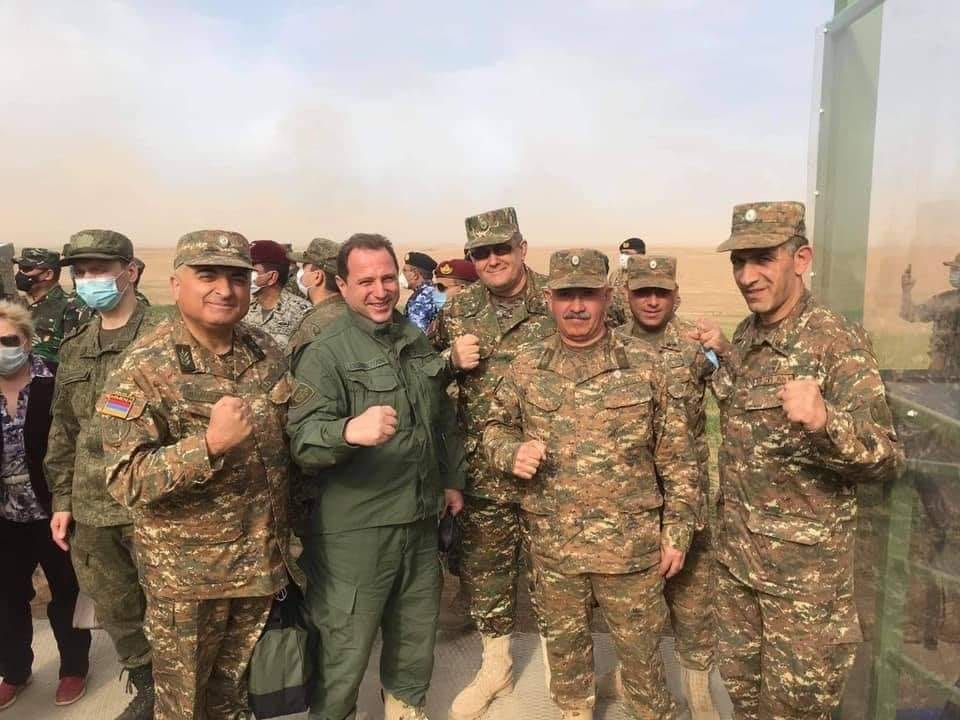
The fourth myth concerns the views of the Armenian side about the intentions of the enemy – ‘Azerbaijan will not start a war’:
“Despite the fact that this myth weakened to some extent after the April 2016 war, it continued to live and dull vigilance.
In fact, the war was inevitable, and it was important to realize and take appropriate steps, which they did not do. Moreover, this catastrophic war could have been avoided if in the fall of 1997 a phased solution had been adopted, in which the NKAO and the entire Lachin region, that is, Artsakh with an area of more than 6,000 km², had the right to vote and veto.
That is, twice as much as we have now. Then we were the winners and dictated the conditions, but today, bowing our heads, we signed the document before which we were put, and we accepted all or almost all the conditions of Azerbaijan.
It could have been avoided if in 1998 Vazgen Sargsyan [then Armenian Defense Minister], Robert Kocharian [Armenian Prime Minister], Serzh Sargsyan [Armenian Interior and National Security Minister] and Samvel Babayan [NK Defense Army Commander] had not carried out a palace coup and under the pretext of saving Artsakh they would not have seized power in Armenia.
It would be possible now if Nikol Pashinyan, the Armenian diplomacy and the military-political leadership soberly assessed their own strengths.
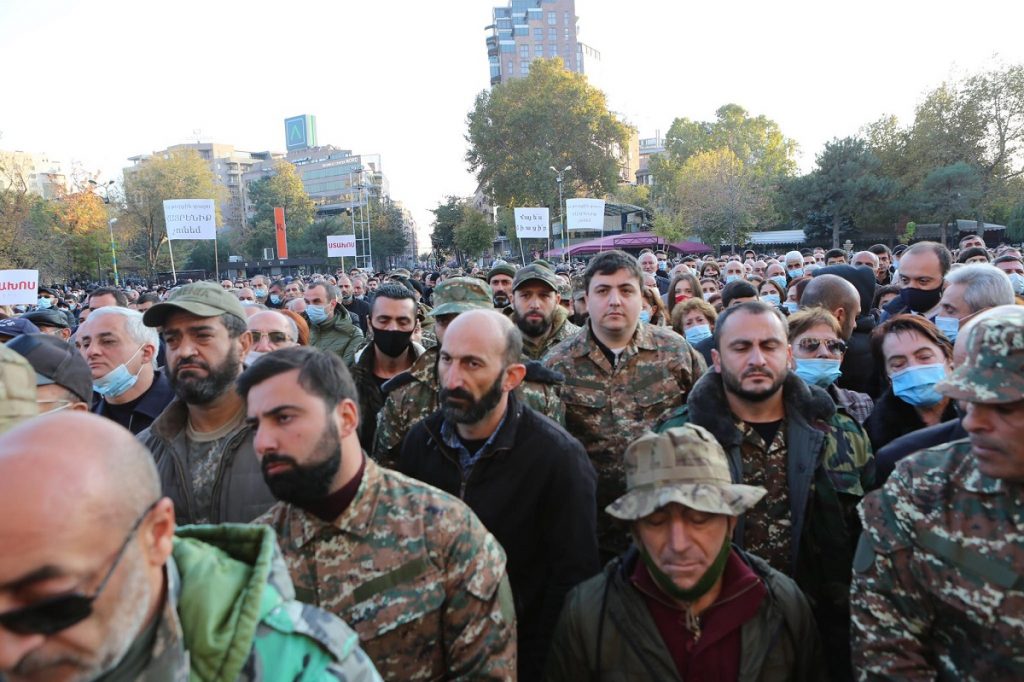
The fifth myth concerns the economy: Armenia can develop with closed borders – without any concessions:
“This myth was supported not only by individuals, but also by political forces, building on it part of their election campaign. Although this thought has nothing to do with reality.”
Conclusion:
“There were many heroic deeds and displays of loyalty in this patriotic war – both on the part of 18-year-old soldiers and reservists and officers, but in the end, the Armenian side was defeated.
Within 44 days, the Armenian side territorially lost Fizuli, Jebrail, Zangelan, Gubatly, part of Lachin, as well as Hadrut and Shushi – on the territory of the former NKAO.
Three more districts – Agdam, Kelbajar and Lachin – were received by Azerbaijan according to the document signed by Nikol Pashinyan, Ilham Aliyev and Vladimir Putin. Human losses are immeasurable. This is a national tragedy, a disaster.
Moreover, this is the second largest defeat in the last 100 years – after the loss of Kars in the Armenian-Turkish war of 1920. Then the Armenian authorities, represented by the ARF Dashnaktsutyun, lost about 30 thousand square kilometers of their homeland. Very soon Sovietization took place – and Armenia lost its independence.
Today, NK and Armenia, where My Step is in power, led by Nikol Pashinyan, have lost about 8 thousand km², which the Armenian people conquered in 1991-1994 during 1000 days of war, having lost 6000 people.
We misjudged our strength. We were guided not by the opportunities that we have, but by our desires – and we got another catastrophe.”
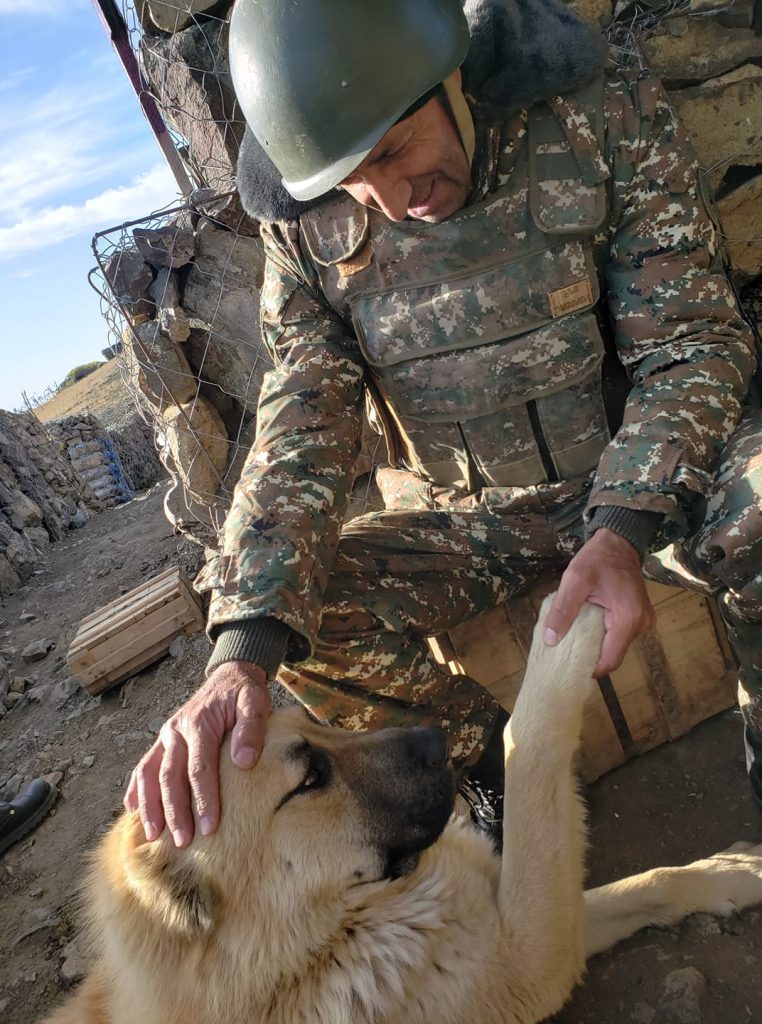
Toponyms and terminology used in the publications, and views, opinions and strategies they contain do not necessarily reflect the views and opinions of JAMnews or any employees thereof. JAMnews reserves the right to delete comments it considers to be offensive, or otherwise unacceptable.










